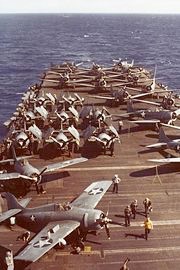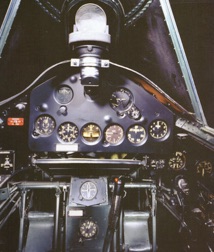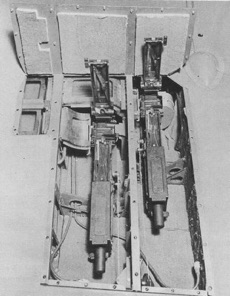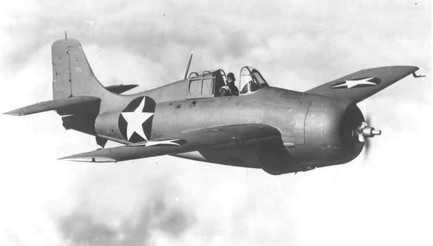F4F-4 Wildcat

Grumman F4F-4 Wildcat
The Grumman F4F Wildcat began its service in 1940 as an American carrier-based fighter used by the US Navy and the British Royal Navy. Although the F4F was first used in combat missions by the British in Europe, the Wildcat would become the primary carrier fighter for the first year and a half for the US Navy in WWII.

Years following there was a shortage of 2 stage superchargers leading to the development of the F4F-3A which was the same as the F4F-3 only with a 1,200 horsepower P&W R-1830-90 radial engine with a single-stage 2 speed supercharger.
The next version, the F4F-4, like the Wildcat off Leschi, entered service in 1942. The Grumman F4F-4 Wildcat had 1 pilot, an overall length of 28 feet 9 inches, a wingspan of 38 feet, and a height of 9 feet 2.5 inches. The engine consisted of a Pratt & Whitney R-1830-86 double-row radial engine with 1,200 horsepower. The Wildcat’s max speed was 320 mph, with the rate of climb at 1,950 feet per minute. The service ceiling was 39,500 feet with a range of 770 miles.


The F4F-4 could carry two 100 lb. bombs and did carry six .50 inch M2 Browning machine guns holding 240 rounds per gun, which could be expended in less than 20 seconds! The F4F-4 also incorporated folding wings so they could be crammed side-by-side on an aircraft carrier. The Wildcat saw the most combat service in the early years of the war, and they were flown in the Battle of Midway.


On August 17, 1942 in a simulated air attack on a target in Lake Washington opposite Leschi, three Avenger torpedo bombers were instructed to bomb the target while three F4F-4 Wildcats were positioned in defense.


In an eyewitness accord of what happened, Sam Groff, a Seattle Times cartoonist who was out fishing that day, said that he saw 5 planes (3 Avengers and 2 Wildcats) flying in formation when one of the Avengers wing kept dipping lower and lower and eventually struck one of the Wildcats.
Mrs. Marshall Dwyer saw from her window, the Wildcat crash into the lake, and just a moment before she saw the pilot bail out with his chute not opening until right before he hit the water. The pilot, Ensign James J. Kinsella, who was picked up by Herman Gumbert on an outboard boat, suffered only minor injuries, and a pair of broken goggles. (Seattle Times/Seattle PI August 18, 1942)
The pilot of the Avenger Ensign F.W. Janney and Gunner Charles W. Price escaped from their aircraft before it sank. Unfortunately, Radioman Bernard J. Viscovich was trapped in the plane and drowned in the sinking.
Later, it was determined that 100% fault lie with Ensign James J. Kinsella of the Wildcat.

Top photo: 1000aircraftphotos.com
Cockpit photo: inZpan.com



-
-Home
